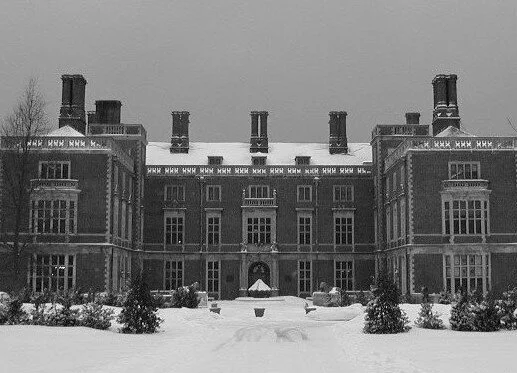Span Liberal Arts, Fine Arts, Engineering
Work Study Options
Feature ‘Hands On’ Learning
While there is no such thing as a free lunch, there is such a thing as free tuition. A group of colleges offer students tuition free education with one exception: Olin School of Engineering has had to become only half tuition free as a result of its endowment faring poorly during the recent recession; it is, though, still a value at half the tuition price, and thereby warrants a spot on this list. The service academies (West Point, the Air Force Academy, Annapolis, the Coast Guard Academy…) are all free of tuition and all other expenses: they even give their cadets a monthly stipend; however, they do require post-graduate service commitments. The following ‘tuition free’ institutions, on the other hand, offer students the opportunity to study liberal arts, fine arts, and engineering, without a huge debt-load at the end of the experience or backend service requirements. Let’s explore the schools by their curriculum.
Liberal Arts:
Deep Springs College (www.deepsprings.edu) is a two-year liberal arts institution, founded in 1917 and has only 26 students. Beginning the summer of 2013, it will begin admitting female applicants. The college is located on 5,000 arid acres, on the Nevada, California border. Tuition, room and board are free. In exchange, students work the ranch 20 hours a week. Most of the students, upon finishing their 2-year stint at Deep Springs, transfer to some of the most selective schools in the country. (A superb write-up of the school can be found in The Fiske Guide to Colleges, 2012.)
College of the Ozarks (http://www.cofo.edu/) located in the southern Missouri Ozarks, offers majors in business, education and criminal justice. To offset tuition, the school requires each student to dedicate 15 hours per week in a work study program on its farm or in other workstations. College of the Ozarks is a standard 4-year college.
Fine Arts:
Curtis Institute of Music (http://www.curtis.edu/) is located in the heart of Philadelphia. If you’re seeking a degree in music performance and theory, and you are a top flight performer, this school warrants an application. Though only 4% of its applicants are accepted, should you be among this number, you will gain a superior musical education, tuition free.
Cooper Union (http://cooper.edu/), in the Greenwich Village area of New York City, is well known for its programs, which emphasize design, in engineering, architecture, along with the visual and performing arts. The school has a lengthy history as it was here in 1860 that Lincoln’s speech propelled him to a presidential win. About 11 % of applicants are admitted.
Engineering:
Franklin W. Olin College of Engineering (www.olin.edu) is located just outside of Boston in Needham, Massachusetts. It offers majors in electrical, mechanical, and general engineering. The school was founded in 2002, with a $490 million grant from the FW Olin Institute. In 2010, the year the school went half tuition free, 768 students applied, 16% were accepted.
The Webb Institute (http://www.webb-institute.edu/) located in Glen Cove, New York, specializes in teaching its students how to ‘advance the art of shipbuilding.’ This is a 4-year intensive engineering program that features an annual 2-month internship (winter term) aboard a vessel. The school is tuition-free; however, room and board and extraneous expenses are not covered. In 2010, 73 students applied; 38% were accepted. Its only major is naval architecture and marine engineering.
Gaining admission into most of the above institutions is, as you would expect, competitive. All approach learning with a lot of ‘hands on’ experience: Deep Springs you work the ranch; Ozarks, the farm; Curtis, you perform; Cooper Union and Olin, you participate in a lot of projects; and, at the Webb Institute you take an annual 2-month jaunt aboard a vessel somewhere in the world. Best of all, however, each institution’s tuition (and half of Olin’s) is, as Peter Cooper, the founder of Cooper Union said, “as free as water and air.” I

